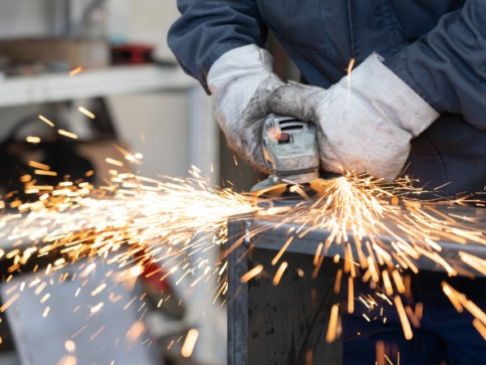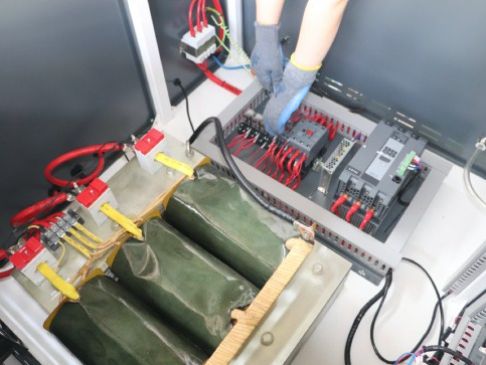Time:
Vertical Tube Furnaces
Definition and Design: Vertical tube furnaces are characterized by their vertically oriented heating chamber or tube. Inside the tube, the sample or material to be heated is placed and subjected to the desired temperature. These furnaces feature a heating element surrounding the tube, facilitating efficient heat transfer and ensuring uniform temperature distribution along the sample's length.
Applications: Industries such as materials research, chemistry, and nanotechnology commonly employ vertical tube furnaces. They excel in processes like thermal decomposition, pyrolysis, chemical vapor deposition (CVD), and annealing of materials. These furnaces are particularly advantageous for experiments that require precise temperature control and uniform heating of long or vertically aligned samples.
Advantages: Their vertical design simplifies the loading and unloading of samples, making batch processing convenient. Moreover, they provide excellent temperature uniformity along the tube's length, resulting in consistent and reliable outcomes. Additionally, vertical tube furnaces have a compact footprint, making them suitable for laboratories with limited space.
Limitations: However, it is crucial to remember that vertical tube furnaces have a smaller working capacity than their horizontal equivalents. This constraint may limit the amount or quantity of samples that may be processed at the same time.
Related News

ndustrial furnaces are used globally for a wide range of applications. As the selection of applications grew, different types of furnaces were developed to keep up with demands.
ASHING FURNACES
Ashing furnaces are used to determine the amount of ash that forms after a sample is burned. Typical materials used as samples in ashing furnaces are petroleum products, lubricating oils, and coal.

Our furnaces can be used in high-temperature tempering, annealing, quenching and other
Get A Free Quote
Submit Request